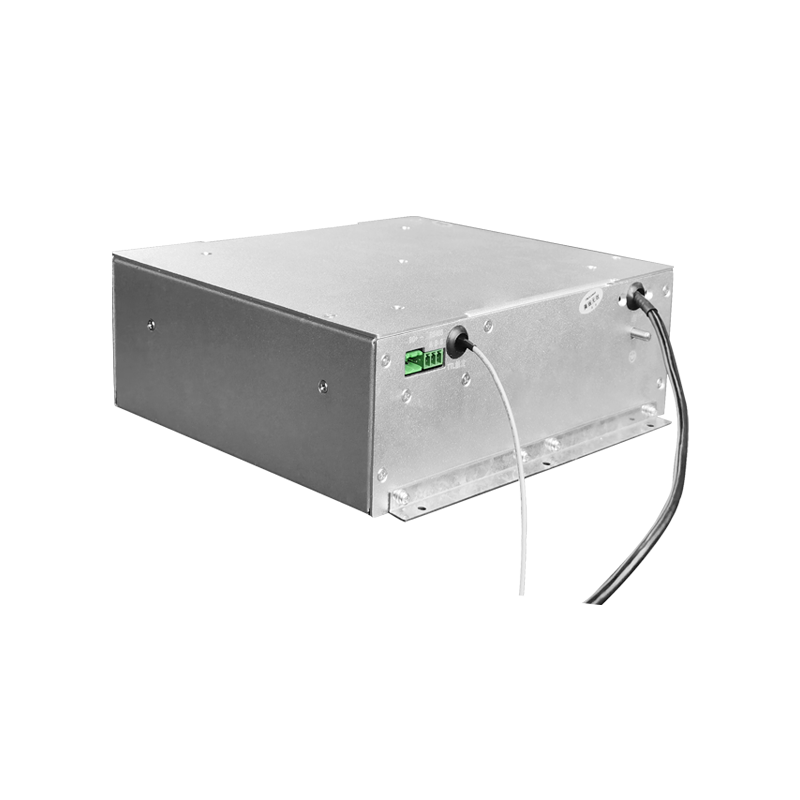Long-Term Stability Monitoring and Automatic Calibration System for High-Voltage Signal Generators
High-voltage signal generators play an essential role in dielectric testing, insulation measurement, and sensor calibration, where waveform stability and long-term reliability are critical. However, prolonged operation can lead to drift in amplitude and phase due to component aging, thermal stress, and electromagnetic interference. To address these challenges, a long-term stability monitoring and automatic calibration system is designed to ensure consistent signal quality and precise voltage control over extended operation.
The monitoring system continuously tracks key output parameters including voltage amplitude, frequency, waveform distortion, and phase deviation. High-precision ADC modules with optical isolation are utilized for accurate, noise-immune signal sampling under high-voltage conditions. The sampled data are transmitted to a central controller via a high-speed bus, where algorithms such as moving-average filtering and statistical trend analysis evaluate signal degradation in real time.
Automatic calibration is implemented through a closed-loop correction mechanism. When deviations from reference values are detected, the system automatically adjusts internal voltage references, amplifier gains, or PWM modulation depth to restore nominal output. To minimize interference with ongoing measurements, a time-sharing calibration mechanism can be applied, allowing background calibration during idle intervals or alternating channel calibration for continuous systems.
Temperature-induced drift compensation is achieved through distributed thermal sensing and adaptive modeling. By correlating measured temperature variations with output voltage deviations, the controller dynamically compensates for drift via parametric correction. Long-term component aging is addressed using historical calibration data to build predictive compensation curves, enabling the system to self-correct gradually without external intervention.
Data from the generator are continuously logged to a cloud-based database, enabling trend analysis and predictive maintenance through AI-driven models such as neural networks or support vector regression. This system transforms traditional generators into self-diagnosing, self-calibrating instruments capable of maintaining metrological accuracy over years of operation.




















